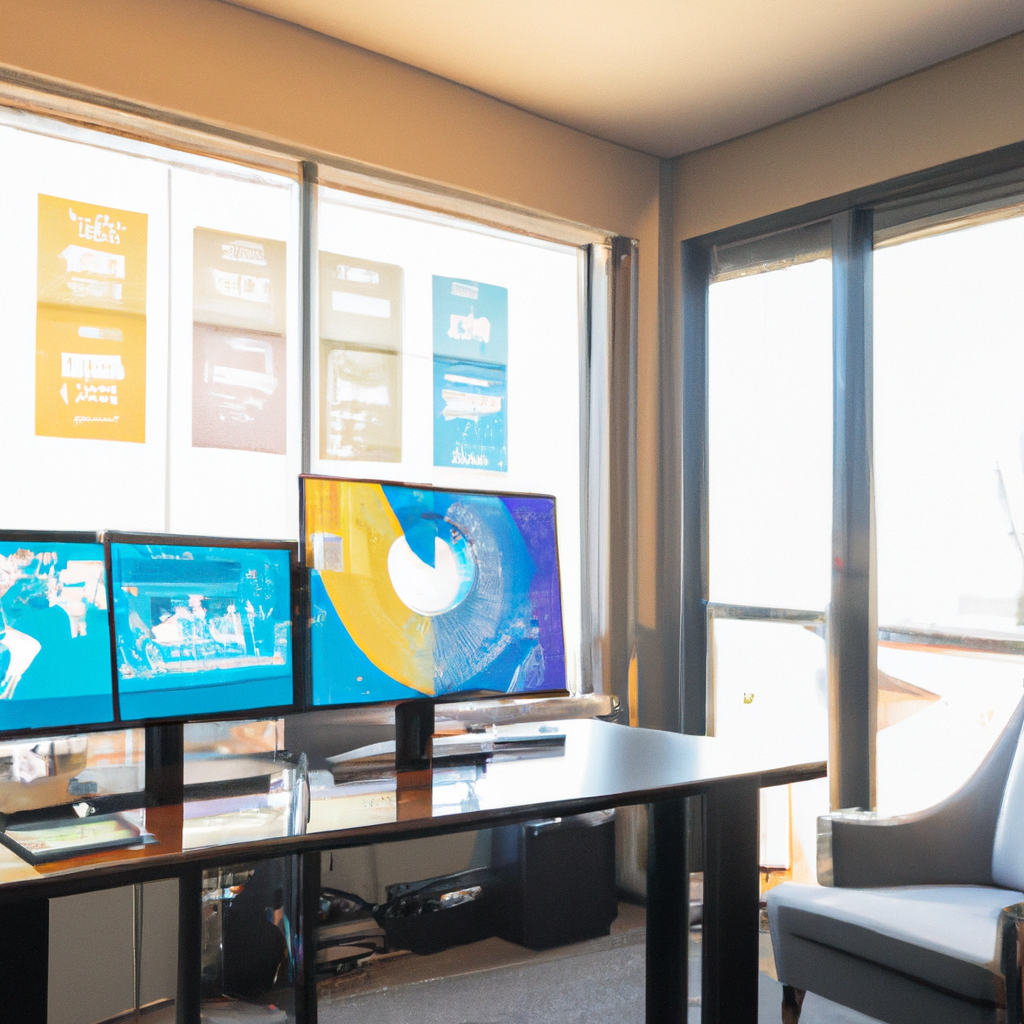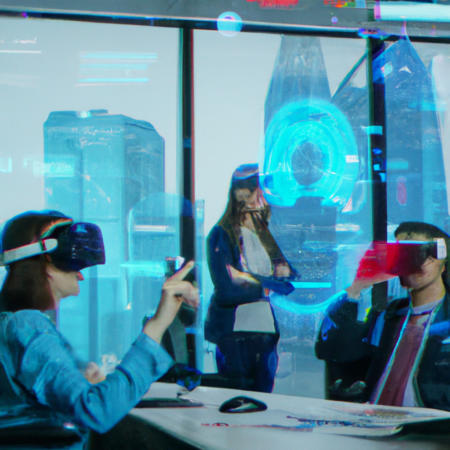Navigating the New Normal: How Remote Work is Shaping the Future
As we move into the second quarter of 2025, the landscape of work continues to evolve dramatically. The surge in remote work, initially sparked by global events, has now become a mainstay, fundamentally altering how businesses operate and employees interact.
The Rise of Remote Work
The transition to remote work setups has not just been a trend but a transformational movement. Companies have realized the benefits of remote models, including reduced overhead costs and access to a wider talent pool. This shift has prompted a reevaluation of work strategies, focusing on flexibility and employee autonomy.
Technological Innovations
Advancements in technology have been pivotal in supporting this shift. Tools for virtual collaboration, project management, and communication have become more sophisticated, ensuring that remote teams remain productive and engaged. Artificial intelligence and machine learning are also playing crucial roles in automating routine tasks, allowing employees to focus on more strategic initiatives.
Cultural Shifts in the Workplace
The move to remote work has also initiated significant cultural shifts within organizations. There is a greater emphasis on results rather than hours spent at the desk. Moreover, companies are investing in building a culture that supports remote work, which includes creating policies that promote work-life balance and prevent burnout.
Future Outlook
As we look ahead, the future of work seems to be increasingly decentralized. Companies are not only allowing remote work but are also actively designing roles that are location-independent. This trend is expected to grow, with more businesses becoming ‘digital by default’.
The implications for urban planning, real estate, and environmental impact are profound. There is potential for significant changes in how and where people choose to live, further driven by the flexibility that remote work offers.
In conclusion, the evolution of the workplace is an ongoing journey. As businesses and employees navigate these changes, adaptability and innovation will be key to thriving in this new normal.






